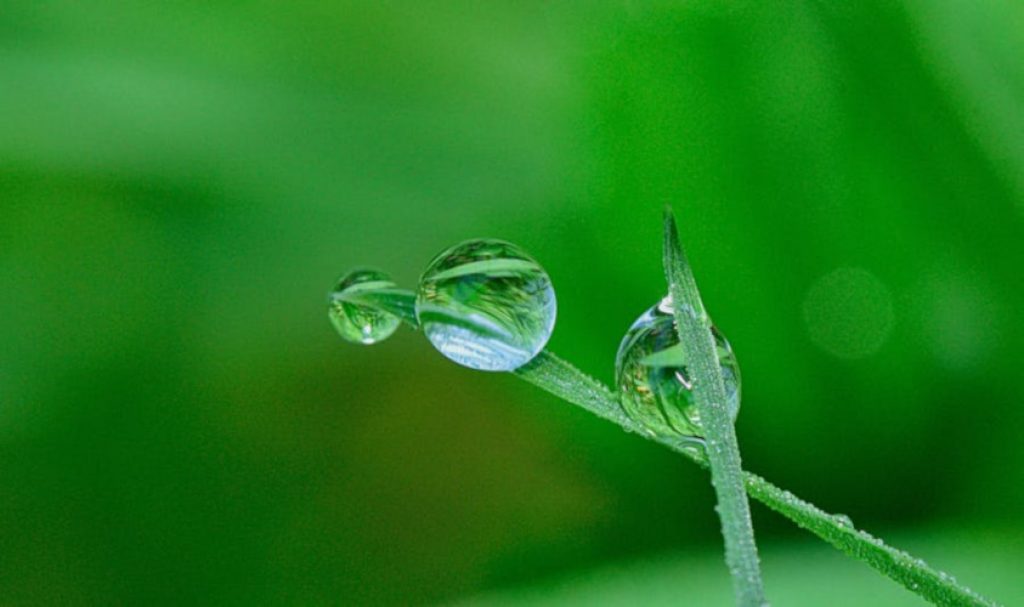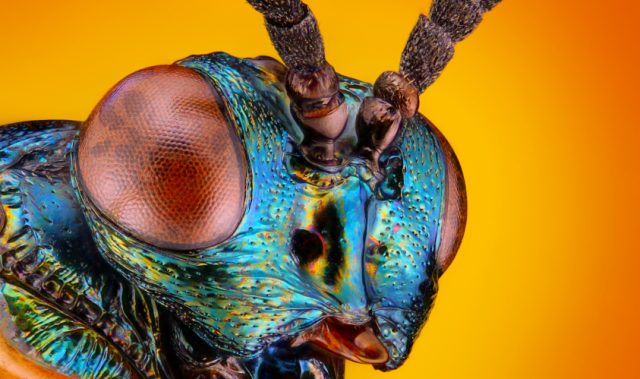
AsianScientist (Jul. 20, 2018) – Researchers at the RIKEN Center for Sustainable Resource Science in Japan have identified a gene in plants that helps protect them from excessive heat. The research is published in the journal Plant Cell.
Plants need to deal with heat as they are immobile and cannot seek out shade to cool off. High temperatures may cause leaves to become bleached due to chloroplast membrane damage. Fortunately for plants, they have a natural defense against this type of stress that involves modifying plant fats that make up the chloroplast membranes.
When heat causes chloroplast membranes to destabilize, polyunsaturated fatty acids are removed from the membrane lipids, which stabilizes the membranes. The team at RIKEN found the gene responsible for this process.
“We hypothesized that the breakdown of chloroplastic lipids would be controlled by some unidentified genes encoding lipases localized in chloroplasts, which are induced by heat stress,” said Dr. Yasuhiro Higashi of RIKEN, who is the first author of the study.
“We used several public omics databases to isolate candidate genes involved in heat-stress responses, predict where the genes are expressed in the plants, and find gene homologs in several plant species.”
Lipases are proteins that break apart lipids. The researchers used a transcriptome analysis to identify candidate lipase genes, and proteomics databases to narrow down the search by predicting which genes were localized in chloroplasts. To test the most likely candidate gene—which the researchers subsequently named heat inducible lipase 1 (HIL1)—they created a HIL1 mutant Arabidopsis plant in which the gene was disrupted and compared the mutants’ responses to heat stress with those of normal plants.
They found that the HIL1 mutant plants were more sensitive to heat and had a lower survival rate than control plants. The researchers found that this was due to the disruption of membrane remodeling in mutant chloroplasts.
Although their experiments were performed in Arabidopsis, the researchers also performed analysis in several other plant species, including rice, tomatoes, corn and soybeans. They found that the heat-protective mechanism was conserved across the plant species examined.
“We are interested in discovering the function of the HIL1 homologous genes in major crop species,” said Higashi. “We hope our knowledge about HIL1 might aid in the development of new heat stress-tolerant plant varieties, which could help improve crop yield in hot environments.”
The article can be found at: Higashi et al. (2018) A Lipase Gene, Heat Inducible Lipase1, Is Involved in Remodeling Chloroplastic Monogalactosyldiacylglycerol by Liberating Α-linolenic Acid in Arabidopsis Leaves Under Heat Stress.
———
Source: RIKEN; Photo: Pexels.
Disclaimer: This article does not necessarily reflect the views of AsianScientist or its staff.












